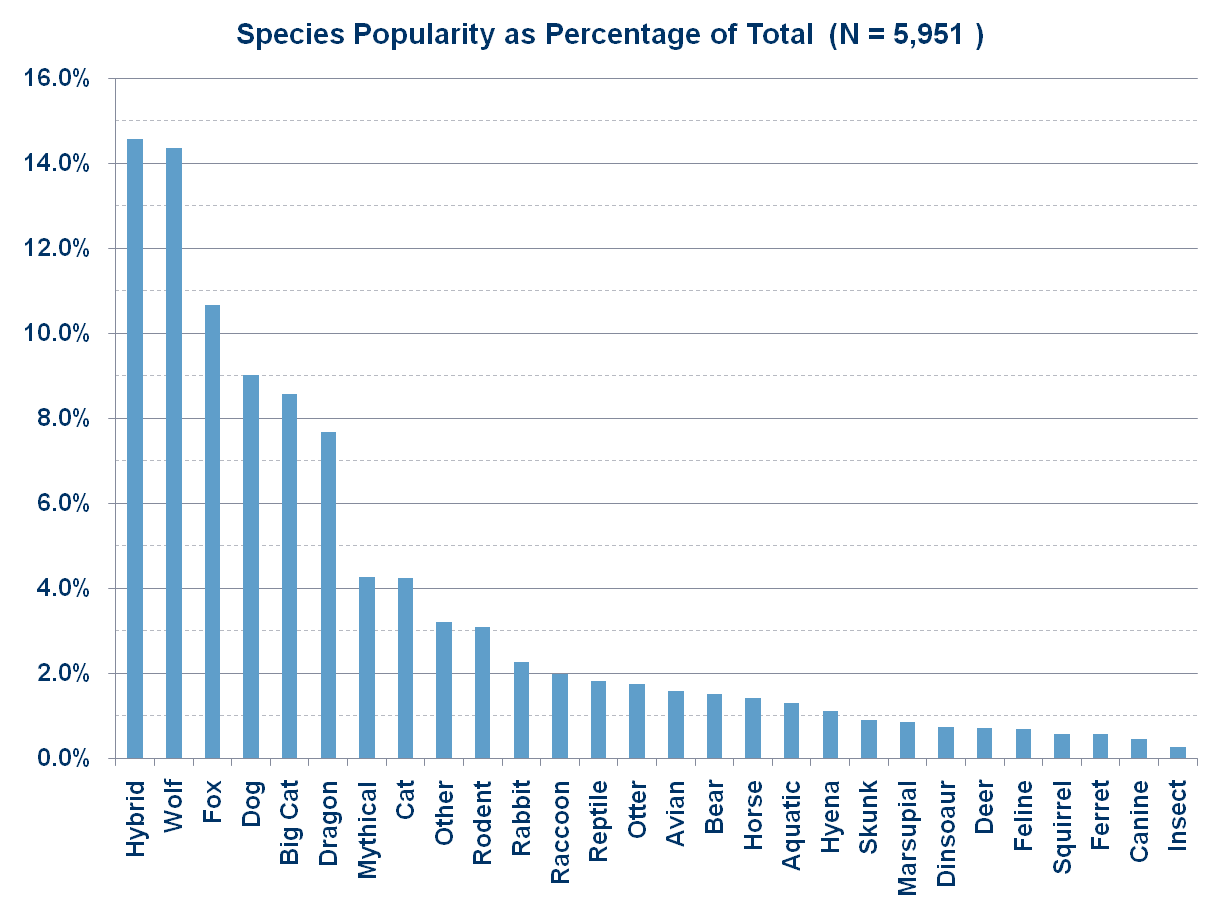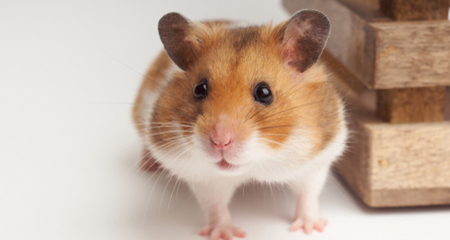Hamster Breed Popularity Chart
In this article, we will explore the fascinating world of hamsters and their different breeds, highlighting their popularity among pet enthusiasts. Hamsters have become one of the most beloved pets for families and individuals due to their small size, playful behavior, and adorable features. Here, we’ll provide insights into the most popular hamster breeds, along with a detailed chart for easy comparison.
Understanding Hamster Breeds
Hamsters belong to the family Cricetidae and are generally categorized into several breeds, each with unique characteristics, color variations, and temperaments. Knowing the distinct features of each breed is essential for anyone considering adding a hamster to their family. Some breeds are more popular than others, often due to factors like size, care needs, and overall temperament.
A quick glance at the hamster popularity chart showcases the top breeds favored by pet owners. According to surveys and pet enthusiast forums, the Syrian hamster consistently ranks at the top, followed closely by the Campbell’s dwarf hamster and the Winter White dwarf hamster.

Top Popular Hamster Breeds
The most popular hamster breeds include:
- Syrian Hamster: Known for their friendly disposition and larger size, the Syrian breed can reach up to 6 inches in length and comes in various color patterns. They are solitary animals, making them ideal for individual pets.
- Campbell’s Dwarf Hamster: With a friendly nature and small size, Campbell’s dwarf hamsters are great for families. They are also highly social creatures and can often live in pairs or small groups if introduced correctly.
- Winter White Dwarf Hamster: This breed is well-known for its stunning winter coat, which turns white when exposed to cold temperatures. Their gentle temperament makes them a favorite among children.
- Roborovski Hamster: These are the smallest of the dwarf hamsters, known for their fast movements and playful nature. Roborovski hamsters thrive best in pairs or groups due to their social behavior.
- Chinese Hamster: Though less common, Chinese hamsters are known for their long tails and slender bodies. They can be somewhat aloof but can also become affectionate with their owners.
Factors Influencing Popularity
Several factors contribute to the popularity of specific hamster breeds. First and foremost is the breed’s temperament. Some hamsters are more friendly and interactive, making them suitable for families with children. Size is another crucial element; larger breeds like the Syrian hamster are easier to handle for novice pet owners. Moreover, the care requirements, including dietary considerations and habitat needs, also play a significant role in their popularity.
Temperament and Sociability
Each hamster breed has a different temperament, which significantly affects its popularity. For example, the Syrian hamster’s solitary nature makes it appealing to many owners who are looking for a single pet that they can cuddle and interact with directly. In contrast, dwarf hamsters like the Campbell’s and Winter White are popular because they can often be housed together and display more complex social behaviors. Understanding these differences helps prospective pet owners choose the right breed for their lifestyle.
Care Requirements
Different breeds come with varying care needs. Syrian hamsters require larger cages due to their size, while dwarf hamsters can thrive in smaller spaces. Additionally, dietary needs can vary; some breeds may require specific nutritional supplements. It’s essential for potential hamster owners to research these factors thoroughly before making a decision, as they can impact the overall success of pet ownership.
How to Choose the Right Hamster Breed for You
Choosing the right hamster breed involves evaluating your lifestyle and the characteristics of different breeds. If you have children, looking for a breed that is friendly and tolerant, like the Campbell’s Dwarf or Winter White hamsters, might be beneficial. If you’re looking for an interactive pet that’s easy to care for, you may prefer the Syrian hamster. Always consider the breed’s activity level, lifespan, and social needs when making a choice.
Consider Your Living Space
Your living space impacts your choice of hamster breed significantly. Larger breeds like the Syrian hamsters require more room to roam and explore. On the other hand, dwarf hamsters can fit well in smaller environments, making them suitable for apartments or smaller homes. Ensure you have enough space to accommodate the cage size and enrichment needs of your chosen breed.
Seek Guidance and Resources
Before deciding on a hamster breed, it’s crucial to seek guidance from local pet stores or breeders who can provide valuable insights and recommendations based on your situation. Online forums and communities dedicated to pets also have experienced members who share advice and can help new owners in determining which hamster breed aligns with their preferences and lifestyle.
Key Takeaways
- The Syrian hamster is the most popular breed due to its friendly nature and size.
- Dwarf hamster breeds, like Campbell’s and Winter Whites, are also favored for their sociable disposition.
- When choosing a hamster, consider factors like care requirements, temperament, and lifestyle fit.
- Research and expert guidance are essential for optimal pet ownership experience.
FAQ
1. What is the lifespan of an average hamster?
The lifespan of an average hamster varies by breed, but generally, it ranges from 2 to 3 years. Syrian hamsters, for example, can live up to 4 years, while dwarf hamsters typically have shorter lifespans. Providing proper care and a suitable environment can help maximize a hamster’s life expectancy.
2. Are hamsters social animals?
Hamsters are known to have different social behaviors depending on their breed. Dwarf hamsters, such as Campbell’s and Roborovski, tend to be more social and can live in pairs or small groups, whereas Syrian hamsters are solitary and require individual housing. Understanding these differences can help owners create a better living situation for their pets.
3. What type of habitat do hamsters need?
Hamsters require a spacious cage with proper ventilation and bedding material to burrow in. Syrian hamsters need a minimum of 24 inches long by 12 inches wide cage space, while dwarf hamsters may require less. Include in the habitat items like tunnels, wheels, and chew toys to keep them engaged and healthy.
4. How often should I clean my hamster’s cage?
Regular cage cleaning is crucial for maintaining a healthy environment for your hamster. It’s advisable to spot clean daily and perform a thorough clean every 1-2 weeks by changing the bedding and sanitizing the cage. Keeping their habitat clean can prevent illness and promote a longer lifespan.
5. Can I keep different hamster breeds together?
Generally, it’s not recommended to keep different hamster breeds together due to their differing temperaments and potential territorial behavior. Syrian hamsters should be kept alone, while certain dwarf breeds can live together if introduced at an early age. Always monitor their interactions to address any potential conflicts.
